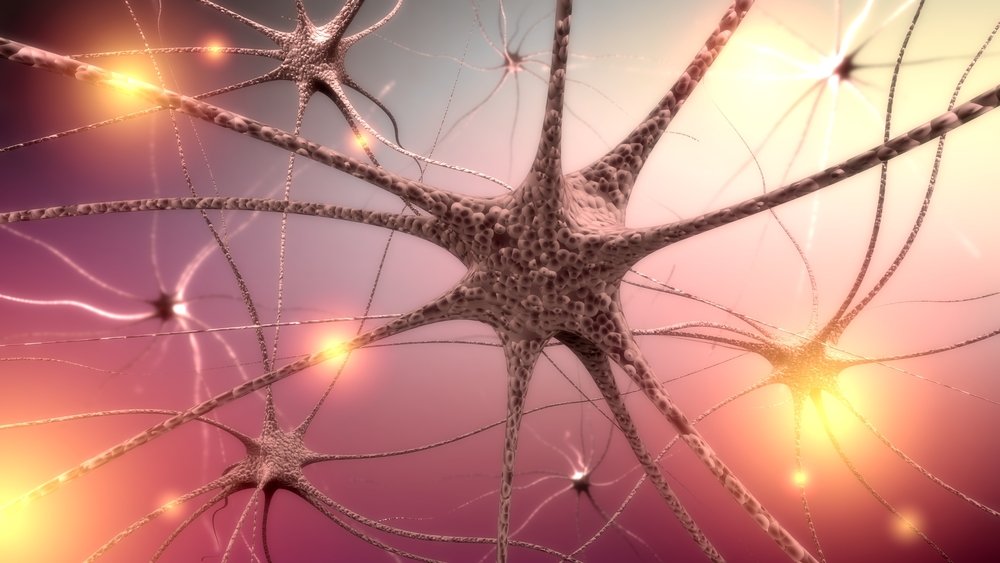Level of Neurofilaments in Cerebrospinal Fluid Could Confirm ALS Diagnosis, Study Reports

Measuring neurofilaments in brain and spinal fluid appears to be a reliable way of confirming an ALS diagnosis, Belgian and German researchers report.
This finding is important because it takes an average of a year from the appearance of the first symptoms before doctors can diagnose the disease. The discovery could shorten this time.
The neurons that control movement contain a lot of neurofilaments, which are structural proteins in the cytoskeleton, a network of fibers involved in cell support and movement.
Researchers published their study in Neurology, the journal of the American Academy of Neurology. It was titled “Neurofilament markers for ALS correlate with extent of upper and lower motor neuron disease,”
About 400 people are diagnosed with amyotrophic lateral sclerosis in Belgium each year.
“Despite the severity of the disease” until now, an ALS diagnosis has relied heavily “on the physician’s clinical acuity,” Philip Van Damme, a professor at Belgium’s VIB-KU Leuven, said in a press release.
Diagnosis is difficult in the early stages of ALS because symptoms mirror those of other diseases. As ALS progresses, it leads to loss of strength extending from one body region to another. At this point it becomes more apparent what the disease is.
The average time between the first symptoms and diagnosis is about a year, however.
“Better tests are needed for a faster ALS diagnosis, which we hope to achieve with this test,” Van Damme said.
Studies have shown that ALS patients have a high level of neurofilaments in the cerebrospinal fluid that bathes their brain and spinal cord. This concentration could stem from sick movement neurons releasing the filaments, scientists say.
The Belgian and German researchers wanted to determine whether neurofilament levels in cerebrospinal fluid could help diagnose ALS. They examined levels of two neurofilament proteins in the fluid. One was phosphorylated neurofilament heavy chain (pNfH) and the other neurofilament light chain (NfL).
Researchers measured pNfH and NfL concentrations in 220 patients with ALS and 316 patients with other neurologic diseases who served as controls. They also measured the proteins’ levels in 50 patients with diseases whose symptoms mimic ALS.
Levels of pNfH were the best predictor of movement neuron diseases, the researchers discovered. Levels of pNfH were the best way to differentiate ALS patients from those with diseases with similar symptoms, the team said.
Both pNfH and NfL levels were lower in patients whose ALS was progressing slowly, and neither proved to be good predictors of the disease’s progression. Levels of both proteins increased as patients lost strength in more and more regions of their body, the team added.
Another important finding was that levels of pNfH and NfL correlated with the extent of movement-neuron degeneration in ALS patients. This was particularly true of pNfH concentrations, researchers added.
Overall, the findings showed a strong correlation between neurofilament levels in cerebrospinal fluid and the amount of movement neuron loss. This suggested that scientists could develop a test to help identify processes that underlie ALS. The team is now studying the viability of creating such a test.






